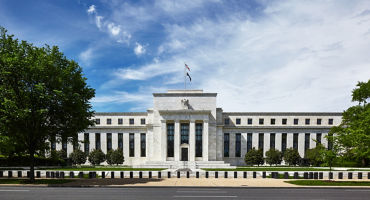An uncertain backdrop
Following the reopening of the global economy, markets have shifted their focus to how central banks plan to unwind monetary stimulus and respond to the new, more inflationary environment, with potential implications varying by asset class and region.
Fear of potentially derailing the economic recovery initially led global central banks to tolerate price increases well above their normal inflation targets, but faced with stubbornly high inflation readings, most have now changed course (albeit at different speeds). The tragic events in Ukraine have added another layer of uncertainty to the macroeconomic picture, but they have not (yet) altered our belief that investors should prepare for the end of accommodative monetary conditions and consider positioning their portfolio allocations accordingly.
For financial markets, one of the most striking implications of the Russia/Ukraine conflict has been the sharp upward moves in energy and other commodity prices recently. (Both countries are major global commodity exporters.) If anything, this has reinforced our outlook for higher short- and medium-term inflation and the resulting need for tighter monetary policy (including higher interest rates).
























